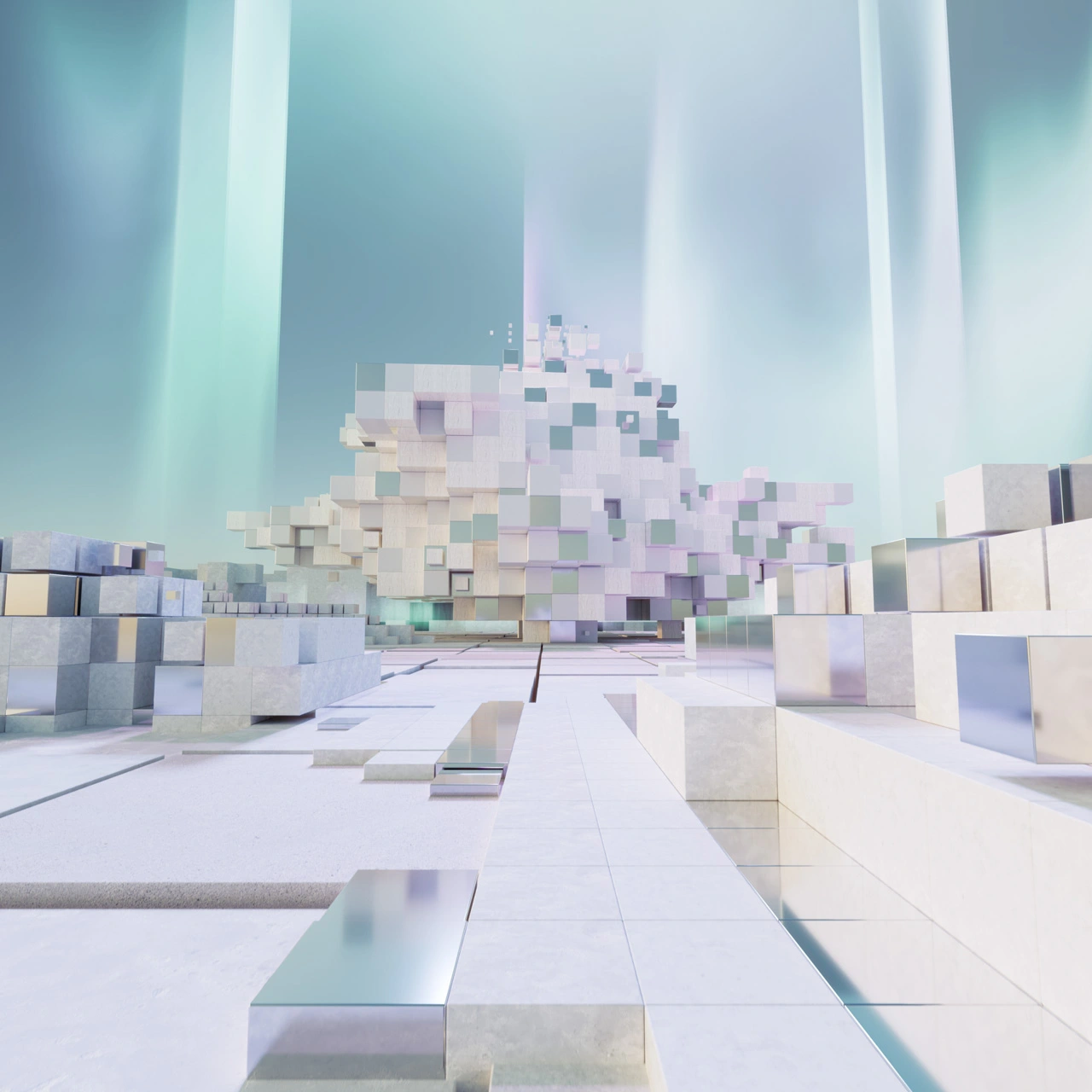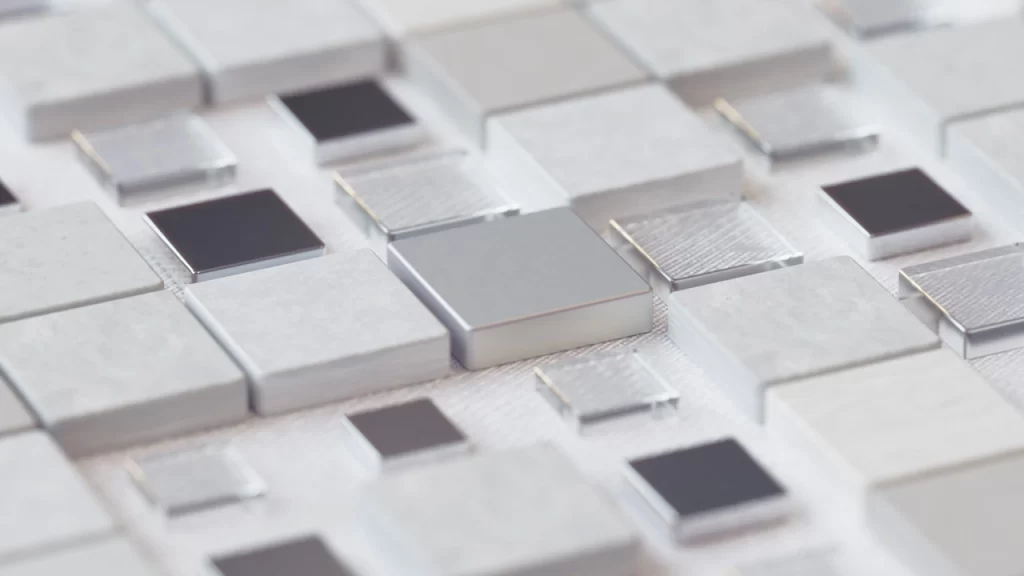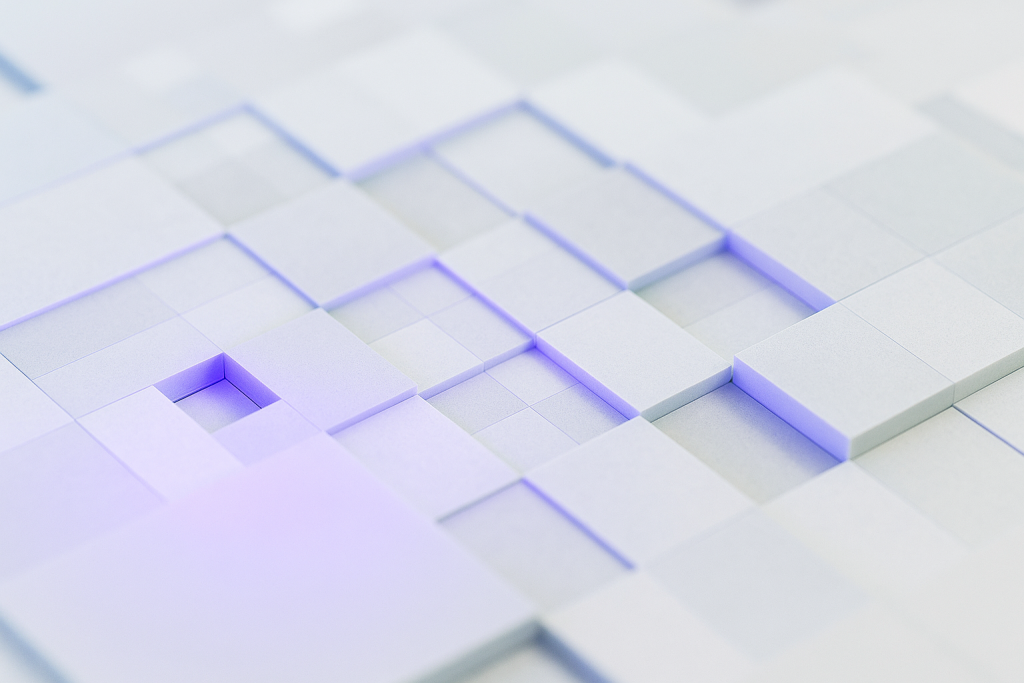Parametric and Sustainable Design: AntiCAD’s Vision for the Future of Architecture

The intersection of parametric design and sustainability is transforming the future of architecture. AntiCAD, a leader in computational design, is pioneering the integration of parametric designs with environmentally conscious materials and construction techniques. By leveraging advanced tools such as Rhino 3D, Grasshopper Rhino, and DFMA (Design for Manufacturing and Assembly), AntiCAD is redefining how architects approach kinetic buildings and parametric facade architecture. Inspired by visionaries like Zaha Hadid, Arturo Tedeschi, and Elijah Yang, AntiCAD’s approach ensures that innovation and sustainability go hand in hand. Through architecture augmented reality, 3D printing construction materials, and kinetic structures, AntiCAD is shaping the future of smart and adaptive urban spaces.

The Role of Parametric Design in Sustainable Architecture
Parametric design is revolutionizing sustainable architecture by enabling architects to create highly efficient structures with minimal waste. AntiCAD utilizes computational design tools to optimize material usage and reduce construction inefficiencies. By implementing parametric facade designs, the company develops structures that are not only visually striking but also highly functional in terms of energy efficiency.
One of the major benefits of parametric design in sustainability is its ability to generate multiple design iterations quickly. Through computational simulations, AntiCAD can assess the environmental impact of different materials and design choices. This allows architects to refine their concepts with precision before construction begins, ensuring that each project is optimized for both performance and sustainability. With the use of Rhino 3D and Grasshopper Rhino, AntiCAD enhances flexibility in the design process, making it easier to integrate living facades and kinetic structures that adapt to changing environmental conditions. These advancements are paving the way for a more sustainable future in architecture.

Key Innovations in AntiCAD’s Sustainable Approach
AntiCAD is committed to pushing the boundaries of sustainable architecture through cutting-edge innovations. These advancements allow for smarter, more efficient buildings that integrate sustainability at their core.
Kinetic Structures for Adaptive Efficiency
Kinetic structures play a vital role in AntiCAD’s sustainable approach. These buildings adjust their forms based on environmental factors such as wind, light, and temperature, reducing the need for artificial energy consumption. Kinetic buildings designed using parametric facade architecture can improve thermal comfort, maximize daylight utilization, and optimize ventilation.
By integrating kinetic facades into urban spaces, AntiCAD is creating adaptable designs that enhance energy efficiency while maintaining aesthetic appeal. The combination of computational design and DFMA ensures that these dynamic structures can be built efficiently and cost-effectively.
Living Facades for Natural Sustainability
Living facades, composed of vegetation integrated into a building’s envelope, offer numerous environmental benefits. These facades act as natural insulation, reducing heat absorption and improving air quality. AntiCAD uses parametric facade design to create living facades that maximize sustainability without compromising aesthetics.
Using computational design tools, AntiCAD tailors each living facade to its specific environment, ensuring optimal plant growth and energy performance. This approach aligns with the principles of green construction techniques and urban biodiversity enhancement.
3D Printing Construction Materials
One of the most exciting developments in sustainable architecture is the use of 3D printing construction materials. AntiCAD incorporates 3D printing technologies to reduce waste and improve material efficiency. By utilizing additive manufacturing, the company can create complex parametric designs with precision, minimizing excess material use.
The flexibility of 3D printing allows AntiCAD to produce custom building components that fit perfectly into parametric facades. This approach reduces transportation costs and construction waste, making buildings more environmentally friendly.

The Future of Sustainable Parametric Architecture
AntiCAD’s vision for the future of architecture is centered around sustainability, adaptability, and efficiency. The integration of parametric design and computational tools enables architects to create smart, eco-friendly structures that respond to environmental challenges.
Architecture Augmented Reality for Smarter Planning
Architecture augmented reality (AR) is transforming the way buildings are designed and constructed. By overlaying digital models onto physical spaces, architects can visualize projects in real-time, allowing for better decision-making and minimizing errors. AntiCAD’s use of AR in architecture enhances collaboration and sustainability by enabling precise planning and efficient resource allocation.
IoT for Smart Buildings
The Internet of Things (IoT) plays a crucial role in the future of smart, sustainable buildings. By integrating IoT sensors, AntiCAD enables buildings to adapt to real-time conditions, optimizing energy usage and reducing waste. IoT-driven parametric facade architecture allows for real-time adjustments to lighting, heating, and cooling, enhancing both comfort and efficiency.
Low VOC Materials for Healthier Spaces
Sustainability is not just about energy efficiency—it also involves creating healthier indoor environments. AntiCAD prioritizes the use of low VOC (volatile organic compound) materials, which reduce indoor air pollution and improve occupant well-being. These materials align with green construction techniques, ensuring that AntiCAD’s buildings promote sustainability at every level.
Parametric Design Software for Efficiency
Parametric design software architecture is streamlining the design process, allowing architects to develop highly efficient structures with reduced environmental impact. AntiCAD’s use of Rhino 3D, Grasshopper Rhino, and computational design ensures that sustainability is integrated into every stage of the design process. These tools allow for precise modeling, rapid prototyping, and optimized construction methods.

Redefining the Future of Architecture
As the world embraces sustainability, AntiCAD stands at the forefront of architectural innovation, combining parametric designs with eco-conscious materials and construction techniques. The company’s commitment to computational design, DFMA, and kinetic structures demonstrates a future-forward approach that enhances both functionality and aesthetics.
With the influence of pioneers like Zaha Hadid, Arturo Tedeschi, and Elijah Yang, AntiCAD continues to push architectural boundaries. From living facades to 3D printing construction materials, the company is pioneering a new era of adaptive, efficient, and sustainable design.
Looking ahead, the integration of architecture augmented reality, IoT for smart buildings, and low VOC materials will further revolutionize how we approach architecture. As cities evolve and climate challenges grow, AntiCAD’s vision ensures that architecture remains both innovative and environmentally responsible. The future is parametric, the future is sustainable, and AntiCAD is leading the way.
References
- Illustrarch. (n.d.). The benefits of parametric architecture in sustainable design. Retrieved from https://illustrarch.com/parametric-design/31254-the-benefits-of-parametric-architecture-in-sustainable-desig.html
Novatr. (n.d.). Everything you need to know about kinetic architecture. Retrieved from https://www.novatr.com/blog/kinetic-architecture-guide
Illustrarch. (n.d.). Exploring kinetic architecture. Retrieved from https://illustrarch.com/articles/17421-exploring-kinetic-architecture.html
Kaarwan. (n.d.). The role of parametric design in sustainable architecture. Retrieved from https://www.kaarwan.com/blog/architecture/the-role-of-parametric-design-in-sustainable-architecture?id=819
ArchDaily. (2021, February 3). Should architecture be static? The possibilities of kinetic buildings. Retrieved from https://www.archdaily.com/956490/should-architecture-be-static-the-possibilities-of-kinetic-buildings
Share